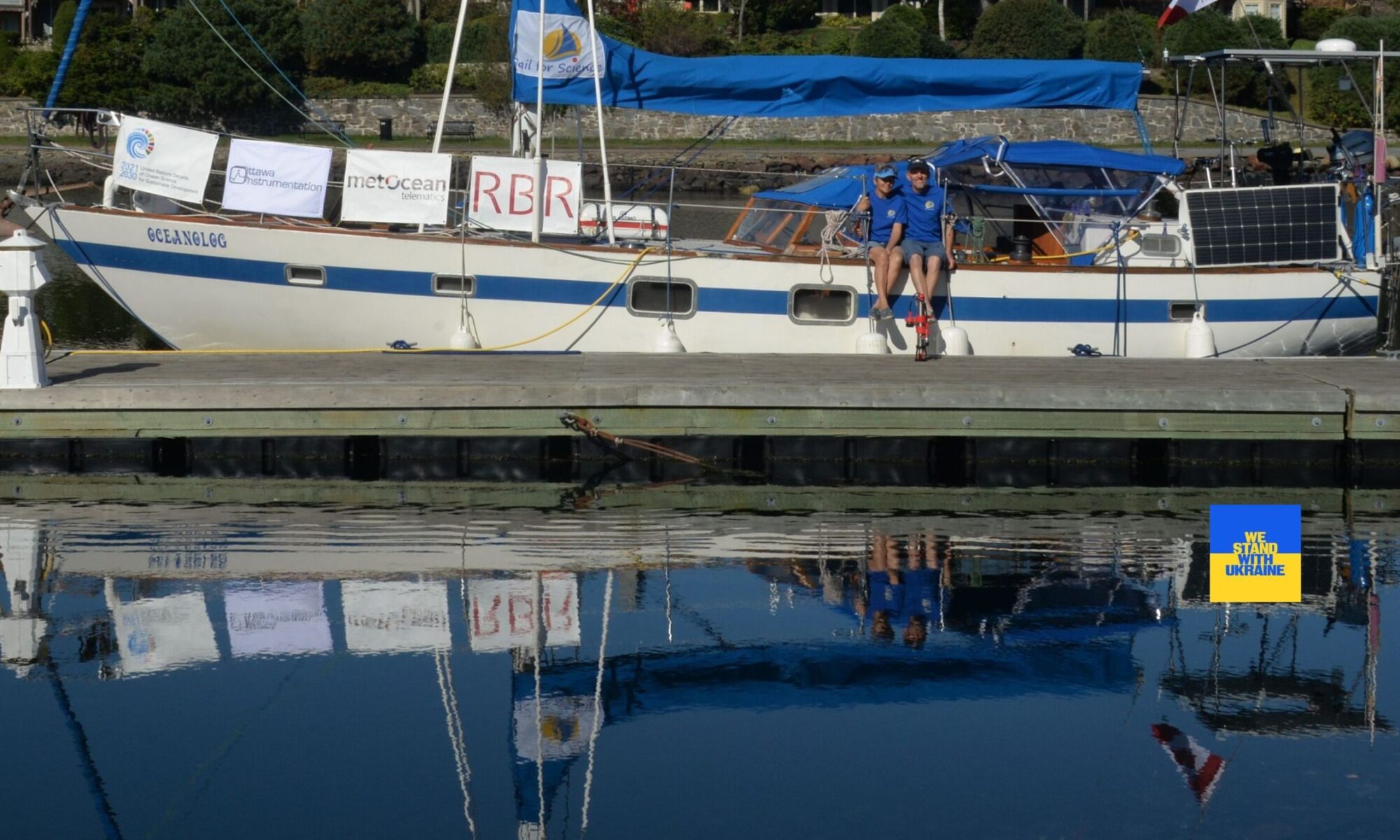The 60 mile route from Curacao to Aruba was another test for both us and the boat. This area is known for its strong winds, high waves and significant currents – although all these natural phenomena were favorable to us, their combined influence caused a number of problems both in boat control and in maintaining the sails on the waves. We reached the southern end of the island by 5 o’clock, tired, but happy that everything was behind us, we decided to go to the nearest bay for a rest – the way to it was through the channel between the coral reef on one side and a huge abandoned refinery on the other – I would never have thought that there could be industrial production of such a scale on the Caribbean islands, apparently these are echoes of the middle of the last century, when oil refining gave the main profit to the island, now it is tourism and recreation. The next morning we went to the only place in Aruba where you can go through customs check – the port of Barcadero, not the most welcoming and equipped place to visit. It is very strange to see such an attitude towards sailboats visiting the island – we have never seen anything like this before! The way to the dock where the authorities are located was quite difficult – between sandbanks, docks and ships cruising in the cargo port. The concrete pier with tires for shock absorption did not promise anything good, while it was indicated that we could not move more than a beam of a hull from the dock, where the sandbank begins. Maneuvering with a strong tailwind was difficult, but the main reason became clear later – it turned out that one of the wooden blocks holding the pulleys for controlling the rudder quadrant had come unstuck from the boat’s hull (!!!) and the rudder control cables were sagging – I could hardly keep the boat on course, but when mooring it was critical, in short, we scraped the blue stripe on our newly painted hull on the concrete pier just under the name of the boat. After solving all the formal procedures, we went to the neighboring anchorage to heal our boat’s steering wounds.



















